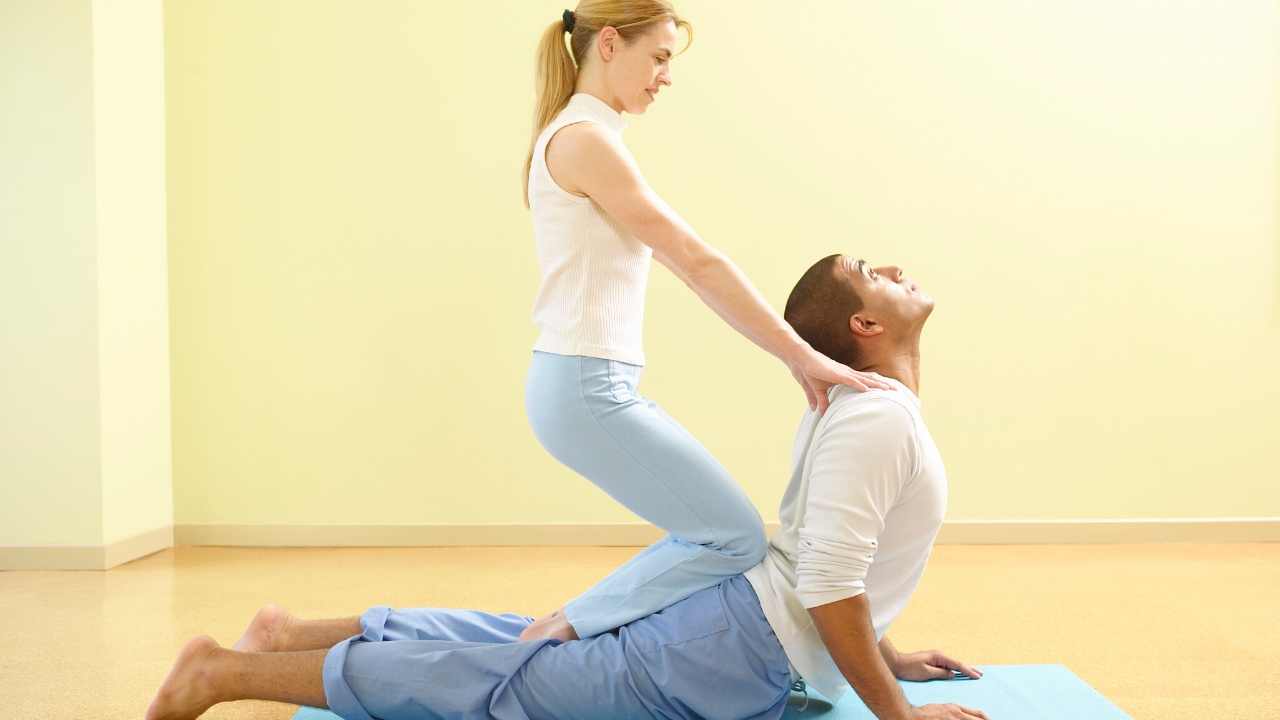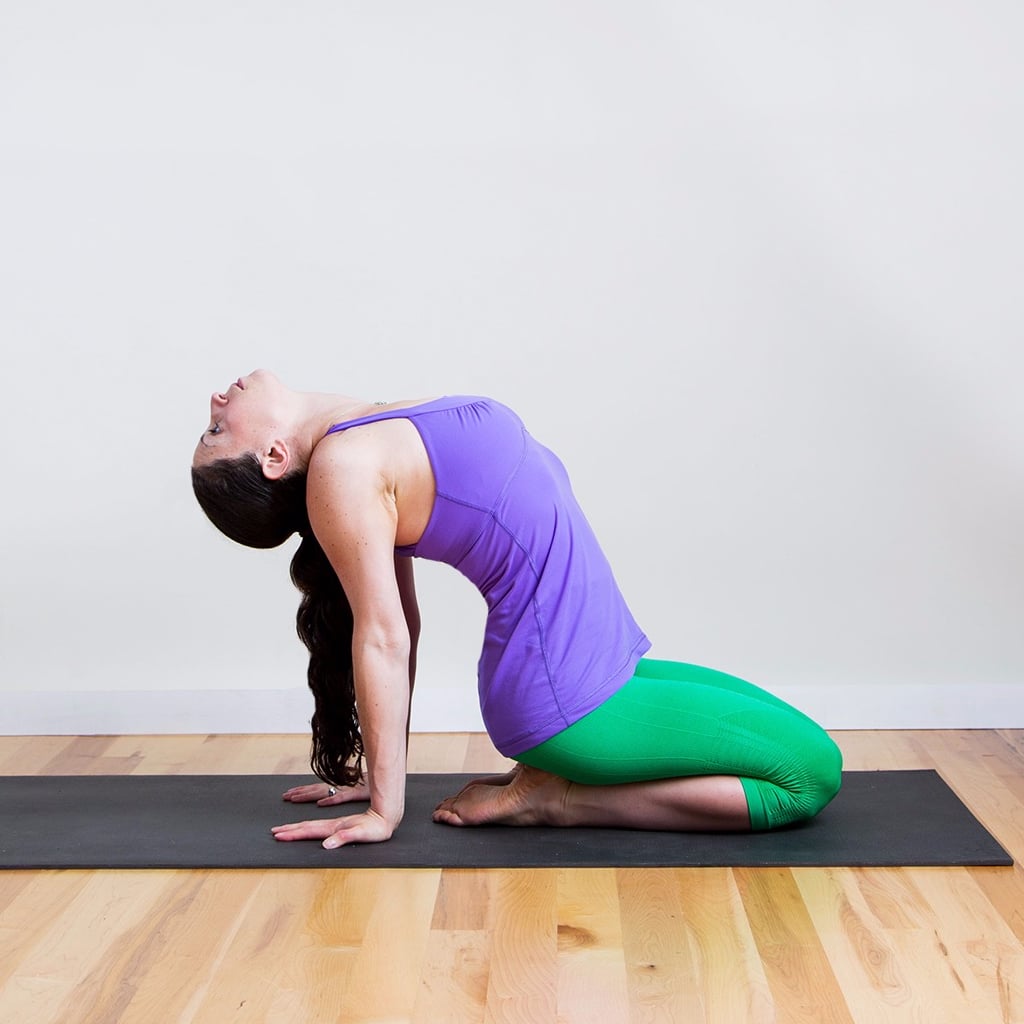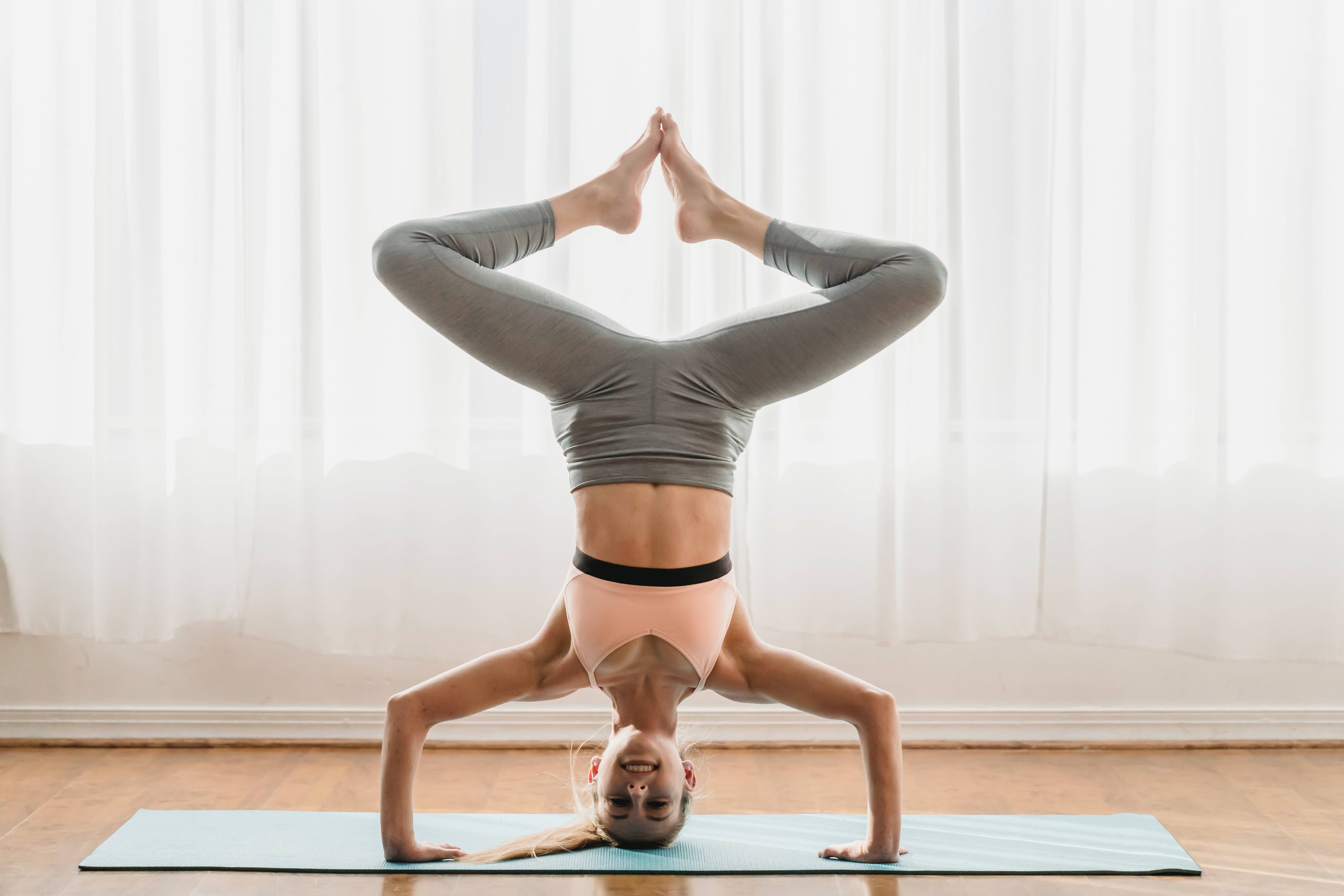
Yoga for cancer patients has a variety of benefits, but there are some risks associated with the practice. These risks include increased injuries and fracture rates in cancer patients. Hyperventilation has been shown to be a side effect of earlier pneumothorax. Pleural effusion is also more common in patients with lung cancer or lung metastases. However, yoga has not been shown to be associated with these risks.
Side effects of yoga for Cancer
Yoga is a wonderful complementary treatment for those with cancer. It can help patients decrease stress, improve blood flow, and increase their strength. Yoga can also be used to relieve the symptoms of asthma, diabetes, heart disease, and heart disease. Yoga should not be considered a substitute for medical treatment for any type of cancer.
Exercise can reduce the side effects of chemotherapy, including sleep dysfunction and mood disruption. Women with cancer may experience fatigue and pain as a result of chemotherapy. This can make exercise difficult. Yoga is a gentle, low impact form of exercise that can all be adjusted for each patient. Patients must be advised to avoid exercises that may increase their risk of fracture, particularly those requiring intense physical effort. Although there are no studies specifically investigating yoga for cancer patients, yoga has been shown to improve overall fitness and health in healthy populations.

Mechanisms of action
Yoga has many benefits for the body, including the decrease in stress hormones. It also regulates the HPA axis, which regulates the immune system. This can help reduce cancer-related stress and improve the patient's immune response. Yoga can be used to improve sleep and reduce fatigue.
Numerous studies have shown that yoga can reduce stress and improve your overall health. These studies found yoga has a positive effect on cortisol levels and natural killer cells. The research shows that yoga may reduce fatigue and other symptoms.
The evidence
It is still not clear if yoga can be used to treat cancer. Studies mainly focus on breast-cancer survivors and cancer patients. These studies prove that yoga practice can improve patients' physical as well as psychosocial symptoms. However, there is limited evidence for the practice's effectiveness in cancer patients who are in the terminal stages of the disease.
Researchers looked at the literature regarding yoga and cancer to help them assess its potential benefits. A medical librarian performed literature searches using 10 databases. These included AgeLine and AMED, the British Nursing Index, CINAHL (the Cochrane Central Register of Controlled Trials), EMBASE (for research on yoga), PEDro (for yoga), PsycINFO (for sports medicine), and SPORTDiscus (for RCTs). Search terms were determined based on yoga-related publication types and free text terms.

Analysis of subgroups
Subgroup analyses of yoga as a treatment for breast cancer found modest but meaningful improvements to functional well-being. The primary outcome, physical function, was associated with a decrease in symptoms of cancer and functional impairment. With a higher level satisfaction and better social functioning, psychosocial outcomes were also associated.
The meta-analysis of six RCTs revealed that yoga was associated both with better general health and decreased fatigue scores. However, no evidence of a difference in the duration of improvement was found between yoga groups and the control groups.
FAQ
Is yoga a good way to quit smoking?
Yoga can help smokers quit smoking. It makes people feel healthier, both mentally and physically. It helps to lose weight from overeating. This could lead to quitting smoking altogether.
Is there a lot of sweating involved in yoga?
It all depends on what type of yoga you are practicing. Vinyasa flow (or Power) yoga involves lots jumping, twisting and turning movements. This makes it common for people who practice to sweat heavily.
Hatha Yoga, by contrast, emphasizes forwarding bends as well as twists. Most practitioners won't sweat much because these poses aren’t too strenuous.
There are many kinds of yoga.
Bikram yoga (Bikram heated) is the most well-known type of yoga. Other forms include Hatha, Ashtanga, Vinyasa, Iyengar, Kundalini, Yin, Power Yoga, Flow Yoga, Reiki, Pilates, Restorative, Aerial, etc.
Are 20 minutes of daily yoga enough?
Yoga should not just be exercise. It's a time for reflection on your life and the way you live it.
My friend, who had been practicing yoga for many, years, introduced me to the benefits of yoga. He shared with me that he did twenty minutes of yoga every morning to help him feel calmer through the rest his day.
I tried it and noticed a significant improvement in my overall wellbeing. Since then I have been practicing yoga on a regular basis and it has helped me to relax and stay focused when I work at my desk.
You need to discover what works best for YOU and set realistic goals. If you don't feel the benefits of yoga, you don't have to do it all day.
What foods should be avoided after practicing yoga
You may experience a decrease in energy levels if you avoid certain foods. It may also cause you to feel bloated or have stomach cramps. You may feel tired after practicing.
Statistics
- Start your Fall off right with 20% off All Access Membership when you sign up by 9/25! (corepoweryoga.com)
- The people in the yoga group were 37 percent more likely to have quit smoking by the end of the 8-week program. (nccih.nih.gov)
- The American Psychological Association recently shared that 84% of American adults feel the impact of prolonged stress (5). (healthline.com)
- Lock in 25% off your Founding Member rate. (corepoweryoga.com)
- A 2020 review of 27 studies (1,805 total participants) of yoga interventions in children or adolescents found reductions in anxiety or depression in 70 percent of the studies, with more promising results for anxiety. (nccih.nih.gov)
External Links
How To
Yoga is a good exercise?
Yoga isn’t just for those who want to lose weight. Yoga can help you improve flexibility, balance and coordination as well as strength, focus, calmness, and coordination.
Yoga isn’t just exercise. Instead, it’s an art form. The poses can be used to relax or meditate. They allow us to improve our posture and concentration as well as our breathing.
The term "yogi" refers to someone who practices yoga. Yogis follow various forms of yoga, including Hatha, Ashtanga, Iyengar, Vinyasa, Bikram, Kundalini, Yin Yang, and Restorative.
There are many kinds of yoga. However, all share similar goals. Each style focuses on different aspects. You can choose from meditation, pranayama or Hatha yoga.
Some yoga exercises don't require you to have any equipment
-
Sun Salutation - This series of 12 postures starts with a forward bend, followed by 10 other poses.
-
Warrior pose - A warrior pose can be achieved by holding a stick/staff.
-
Triangle Pose - This pose involves lifting one leg behind you and bending at the knee.
-
Standing Forward Bend - This position involves bending forward from the waist and putting your legs straight on the floor.
-
Seated Twist- This pose is performed while sitting on a seat or mat.
-
Cobra Pose- This is when you are lying flat on your stomach with your arms extended overhead.
-
Child's Pose: This is a pose where the child lies face down on the ground.
-
Cat/Cow Pose: This combination of a cow and cat pose is called the Cat/Cow Pose. While lying face down, raise your upper body off the ground. Then roll over onto your side and place your hands under your shoulders.
-
Head Tilt--This pose requires that you tilt your head back with your eyes closed.
-
Shoulder stand - This position involves standing straight up with your arms and feet raised above the head.
-
Tree Pose – This pose involves kneeling on your heels with your hands beneath your shoulders.
-
Bow Pose- Bend forward from your hips into bow pose and place your hands on to the ground.
-
Corpse Pose -- This pose is for five minutes.
-
Mountain Pose- You can call this mountain pose because your spine is straight up and you are tall.
-
Legs up the wall Pose - This is a pose where you hang upside-down from a brick wall.
-
Side Angle Pose – This is achieved by leaning against the wall and placing your right arm near the wall.
-
Plank Position- When you lie on your stomach and extend your left hand and right foot apart, you can achieve this position.
-
Bridge Pose: This pose can be achieved by balancing on your elbows or toes.
-
Reverse Table Top - This position is achieved by lying on the stomach and reaching your arms towards your ceiling.
-
Handstand: This pose requires balance as well as strength. To do this pose, you can either hold yourself between two walls or a door frame.
-
Half Moon Pose – Also known as Hero Pose, this pose is also called Hero Pose. It involves standing on your hands with your toes.
-
Headstand (or Hold) - This requires strength and balance. This pose can either be performed on a wall or with a doorframe.
-
Forearm Balance -- This pose involves your forearms resting on top of a tabletop.
-
Spinal Twist- This pose involves lying on your belly and reaching your arms.
-
Supported Boundangle Pose – This pose requires balance. For support, use a beam or tree branch to help you balance.
-
Wide Leg Forward Fold – This is achieved by extending your legs out and touching your toes.
-
Single Pigeon Pose -- This pose is similar in style to the forward fold with one leg, but it only involves one leg.
-
Extended Puppy Dog Poses are very relaxing. This is done by stretching your legs outwards and bending your knees.
-
Standing Forward Bend - This is a pose where you are seated cross-legged, stretching your calves and hamstrings.
-
Crow Pose – This pose can be difficult but rewarding once you are able to master it. It is done by raising your arms above your head and lowering them until they parallel to the floor.